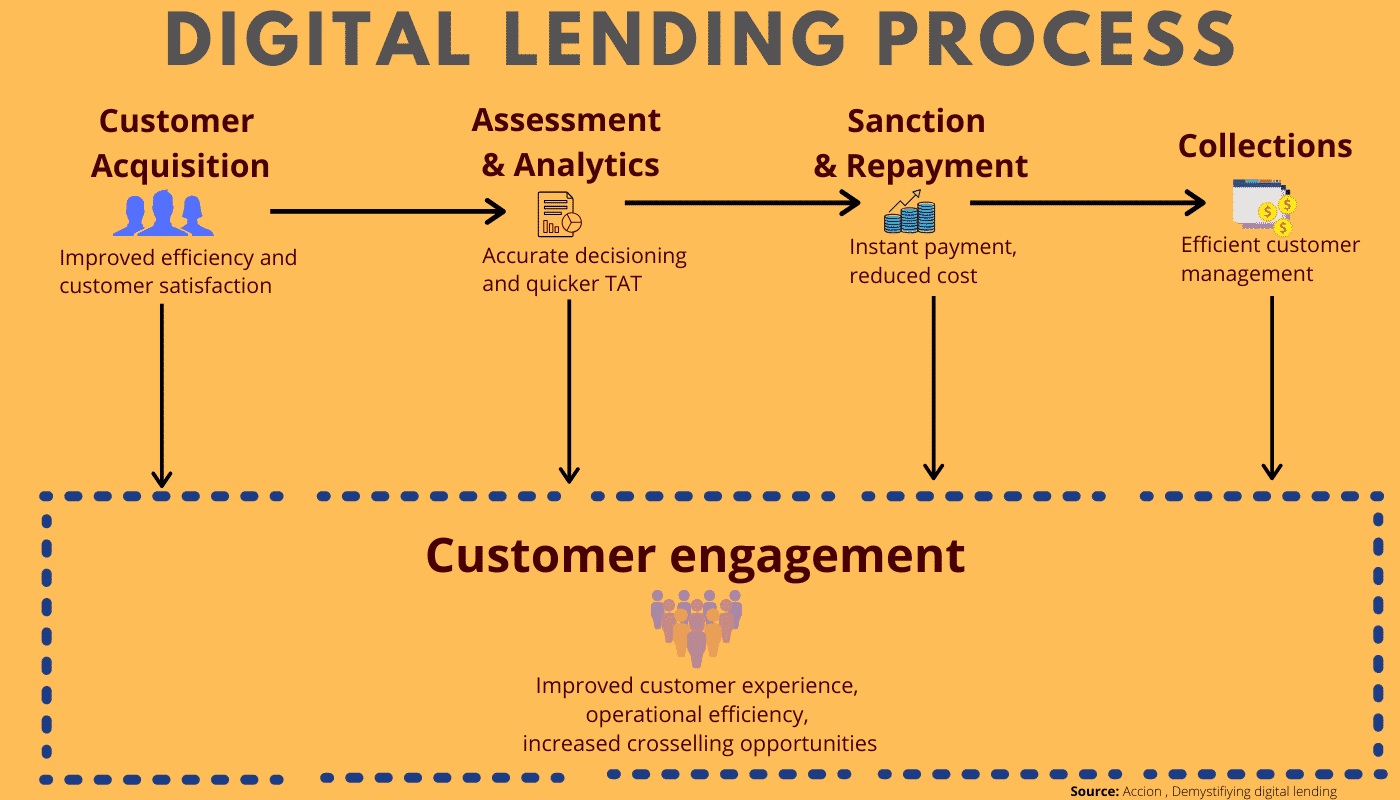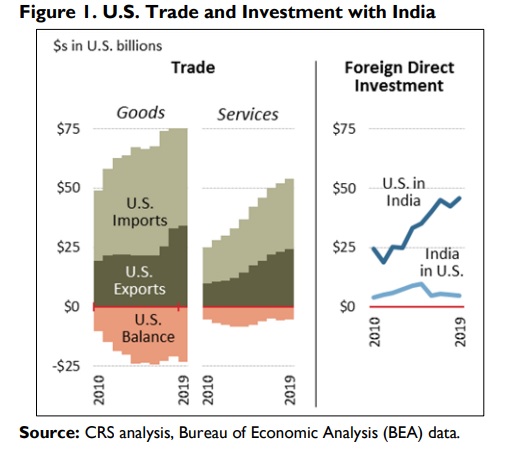
Thursday, November 25, 2021
The HINDU Notes – 25th November 2021
Wednesday, November 24, 2021
VISION IAS MAINS 365 Social Issues 2021 in English PDF
VISION IAS MAINS 365 Social Issues 2021 in English PDF
Daily Current Affairs, 24th November 2021

1) Assam Celebrates Lachit Divas on 24 November
•Lachit Divas (Lachit Day) is celebrated annually in the Indian state of Assam on November 24, to mark the birth anniversary of the legendary Ahom army general Lachit Borphukan. Lachit Borphukan was born on 24 November 1622 in Charaideo and is known for his military intelligence in the Battle of Saraighat.
•Every year, since 1999, the ‘Lachit Borphukan Gold Medal’ is awarded to the best cadet passing-out from the National Defence Academy. The ‘Mahabir Lachit Award’ is given by the Tai Ahom Yuva Parishad in Assam to notable personalities. The cash prize of Rs 50000 and a sword is presented under this award.
2) Martyrdom Day of ‘Guru Tegh Bahadur’ observed on 24 November
•Every year, November 24 is celebrated as Martyrdom Day of Guru Tegh Bahadur, the ninth Guru of Sikhs of Sikh religion. The day is celebrated as Shaheedi Divas of Guru Tegh Bahadur across the country. It was on 24 November 1675, Guru Tegh Bahadur sacrificed his life for the sake of people who did not even belong to his community. to protect religion, human values, ideals and principles.
3) Amit Shah lays foundation stone of Rani Gaidinliu museum
•Union Home Minister, Amit Shah laid the foundation for ‘Rani Gaidinliu Tribal Freedom Fighters Museum’ in Manipur, through video conferencing. The museum will be set up at Luangkao village in the Tamenglong district of Manipur, which is the birthplace of freedom fighter Rani Gaidinliu. The proposed museum is being set up at an estimated cost of Rs 15 crore by the Ministry of Tribal Affairs. Such a museum in honour of the freedom fighters would imbibe a sense of nationalism among the youths.
4) US, Australia and UK signed MoU in Nuclear Submarine Alliance
•Australia officially became a part of the new Nuclear Powered Submarine defence alliance with the United Kingdom and the United States after signing a deal with the countries in Canberra, Australia. Under the AUKUS deal, Australia will be provided with 8 nuclear-powered submarines capable of stealthy and long-range missions. It is the first agreement on technology signed by the three countries after the formation of the defence alliance AUKUS (Australia-UK-US).
5) 2025 Asian Youth Para Games will be hosted by Tashkent, Uzbekistan
•The 5th edition of the Asian Youth Para Games 2025 will be hosted by Tashkent, the capital of Uzbekistan, and the approval given by the Asian Paralympic Committee’s (APC) Executive Board. For the first time, ‘Asian Youth Games 2025’ and ‘Asian Youth Para Games 2025’ will be hosted in the same city & in the same venues.
6) Abhijit Banerjee authored a book titled “Cooking to Save your Life”
•Indian-born American economist & Nobel laureate, Abhijit Banerjee has authored a new book (cookbook) titled “Cooking to Save your Life”. The book illustrated by France based illustrator Cheyenne Oliver is published by Juggernaut Books. He won the Nobel Memorial Prize in Economic Sciences in 2019 along with Esther Duflo and Michael Kremer for their experimental approach to alleviating global poverty.
7) Ban Ki-moon released his autobiography “Resolved: Uniting Nations in a Divided World”
•A book titled ‘Resolved: Uniting Nations in a Divided World’ is an autobiography of the Former United Nations Secretary-General Ban Ki-moon. It consists of life experiences and challenges that the author faced in his life & elaborates his tenure in the United Nations (UN). He served as the 8th Secretary-General of the United Nations for a two 5-year term (2007-2016).
•In ‘Resolved: Uniting Nations in a Divided World’, published by HarperCollins India, Ban goes on to describe how he became a “man of peace” from a “child of war”. Former UN secretary-general Ban Ki-moon’s first diplomatic posting was in India and he developed such a special connection that even 50 years later, he tells the Indian people that half of his “heart belongs in their country”.
8) EAC-PM projected India’s GDP growth at 7.0-7.5% in FY23
•The meeting of the Economic Advisory Council to the Prime Minister (EAC-PM) members was held in New Delhi to examine the Indian economic growth in 2022-23 (FY23) and further. There, EAC-PM members projected India’s real Gross Domestic Product (GDP) to 7-7.5% and a nominal rate of growth of more than 11% in FY23. They also projected growth of 5% in the current fiscal year (FY22) from a record contraction of 7.3% (-7.3%) in FY21.
9) Goldman Sachs projects India’s GDP at 9.1% in FY22
•Wall Street brokerage, Goldman Sachs in its recent Macro Outlook 2022 note revised upward its projection for the gross domestic product (GDP) to 9.1 per cent, from the earlier estimate of 8 per cent for the calendar year 2022. For 2021-22 (FY22), it pegged economic growth at 8.5 per cent.
•For one, Goldman Sachs expects a rise in core inflation as manufacturers pass on input cost increases to consumers. As a result, the global research and brokerage house has pegged the headline consumer price inflation in India at 5.8 per cent year-on-year in 2022, from 5.2 per cent in 2021.
Digital Lending Draft Rules
Why in news?
The ‘Report of the Working Group on Digital Lending including Lending through Online Platforms and Mobile Apps’ has been released by the RBI.
What is digital lending?
- Digital lending is the process of availing credit online
- Digital lending is mostly preferred by those who are generally not able to avail any credit through the formal sources of finance like banks.

What digital lending models have been in place?
- Presently, there are three digital-lending models seen through the regulatory-approach lens.
- Bank/NBFC-owned digital platforms – They operate under the direct regulatory purview of RBI.
- Fintech companies’ proprietary digital platforms - They work in partnership with banks/NBFCs, typically under an outsourcing arrangement to support sourcing of borrowers, assess creditworthiness using alternative data and recover the dues.
- Being mere intermediaries, these platforms are not required to seek any registration with RBI and are only indirectly regulated through RBI’s outsourcing guidelines applicable to Banks/NBFCs.
- Peer-to-peer (P2P) lending platforms - They usually involve the otherwise unregulated retail lenders.
- RBI has mandated such platforms to seek registration as NBFC-P2P and thus they are directly regulated by RBI.
What is the significance of digital lending?
- Instant disbursal of funds
- Customer friendly application
- Paperless process
- Transparent and simplified process
- Reasonable interest rates
- Ensure swift payback
- Reduced credit gap
- Operating cost effieciency
- Financial inclusion – Example- JAM (Jan Dhan-Aadhaar-Mobile) trinity
What are the concerns of digital lending?
- Unauthorised lenders
- Exorbitant rates of interest
- Use of coercive repayment methods
- Non consensual collection of user data
RBI report finds 600 illegal loan apps operating in India which are available on several app stores for Android users.
What are the key recommendations on digital lending?
- The working group was set up on January 13, 2021 with Jayant Kumar Dash, Executive Director of RBI as the Chairman.
- Loan servicing - The balance-sheet lending through the apps should be restricted to RBI-regulated entities.
- All loan servicing should be executed directly in a bank account of the balance-sheet lender and disbursements should always be made into the bank account of the borrower.
- Nodal agencies - Nodal agencies must be set up to run digital lending applications through stringent verification processes .
- Legislative measures - The group has recommended that in the medium term, the government may consider bringing in legislation to prevent illegal lending activities by introducing the ‘Banning of Unregulated Lending Activities Act’.
- Technology standards - Certain baseline technology standards should be developed when it comes to digital lending apps and compliance with those standards as a pre-condition.
- Algorithmic features used in digital lending has to be documented to ensure transparency.
- The group recommends that auditable logs should be kept for every action that a user performs on the app and that every fintech app must be signed/ verified in a secured manner.
- Data collection and usage - Data should be collected from the borrower with prior information on the purpose, usage and implication of such data and with the explicit consent.
- All such data must be stored in servers located in India.
- Reporting of lending activities - Lending by regulated entities (REs) through lending apps must be reported to credit bureaus.
- And only regulated entities can access bureau data for the purpose of collecting or reporting data on behalf of borrowers.
- Interest calculation - Interest must be calculated on the basis of the actual number of days and no prepayment penal rate of interest for short-term consumer credit.
- Shaping the Self- Regulatory Organisations (SRO)- Standardised code of conduct for recovery to be framed by the proposed SRO in consultation with RBI.
- The group recommended the maintenance of a ‘negative list’ of Lending Service Providers by the proposed SRO.
What does the draft rule imply?
The India-US Trade Policy Forum
Why in news?
The Trade Policy Forum (TPF), a premier forum to resolve trade and investment issues between India and the United States has been re-launched after four long years.
What is the status of India-US bilateral trade?
- The US remained India’s biggest trading partner and largest export market and the bilateral trade exploded from approximately 20 billion dollars in 2001 to over 145 billion dollars in 2019.
- The US investment in India amounts to 46 billion dollars.
- Over 2,000 US companies are located in India, including every major Fortune 500 companies.
- Over 200 Indian companies created about 125,000 jobs in United States across all states.
- The US is one of the few countries with which India has a trade surplus with India’s exports exceeding the imports.
- The top traded goods include pearls and precious stones, pharmaceuticals, machinery, electronics, clothing, vehicles, chemicals and fish products, optical, photo, medical apparatus and aluminium.

What are the key issues in the bilateral trade relations?
The HINDU Notes – 24th November 2021

📰 New cryptocurrency bill seeks to ban private players
📰 DAC clears AK-203 deal with Russia
APTI PLUS Current Affairs Monthly Magazine November 2021
APTI PLUS Current Affairs Monthly Magazine November 2021





